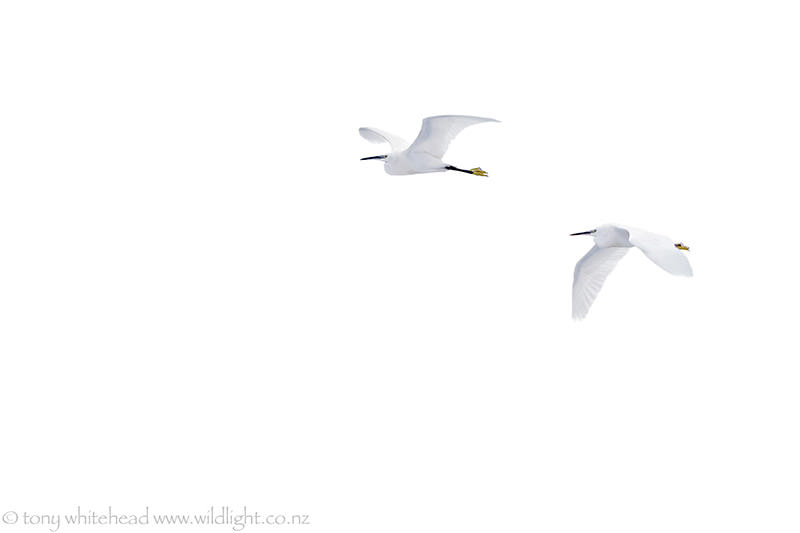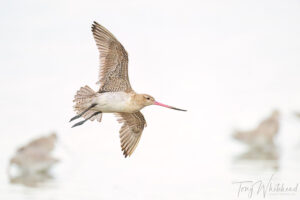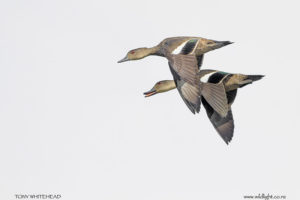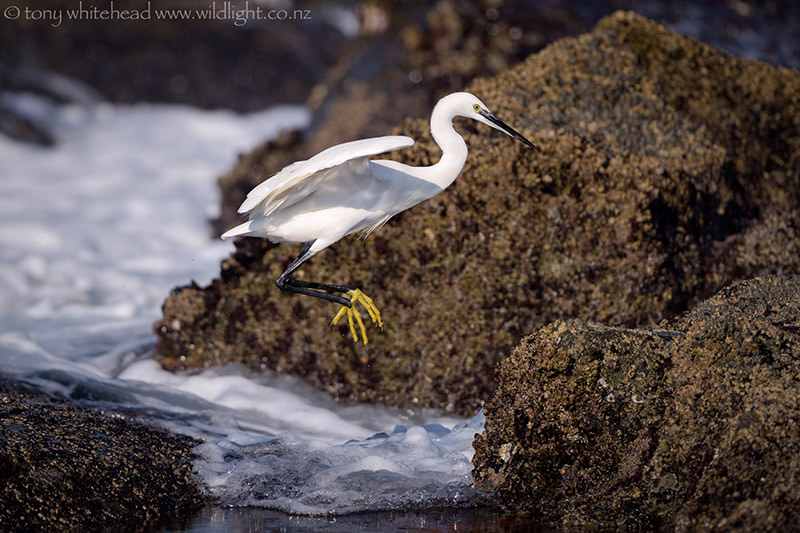
Ballito Little Egrets are a constant presence and have been a regular photographic subject for me over the years. Looking back at old images, two things highlight the progress in digital technology over the past 10 years. My first digital images of the Ballito Little Egrets were in 2004 with a Nikon D70 and Nikon 80-200mm f2.8D lens with Tamron Pro 1.4x teleconverter and the most recent in July 2015 with a Nikon D810 and 500m f4 VR lens. The most obvious differences are in sensor technology with the more recent images having much higher resolution (36 megapixels compared to 6) and much better dynamic range making it easier to record a range of tones. Another advance has been in processing technology with files from 2004 yielding much better quality images when processed now through Lightroom CC than was possible in 2004 with Pixmantec Rawshooter which was eventually purchased by Adobe and incorporated into Lightroom1. Some of the improvement can be attributed to my having more experience in image processing but it is largely down to improved software algorithms giving better control of highlights, shadows and noise in the raw conversion process.
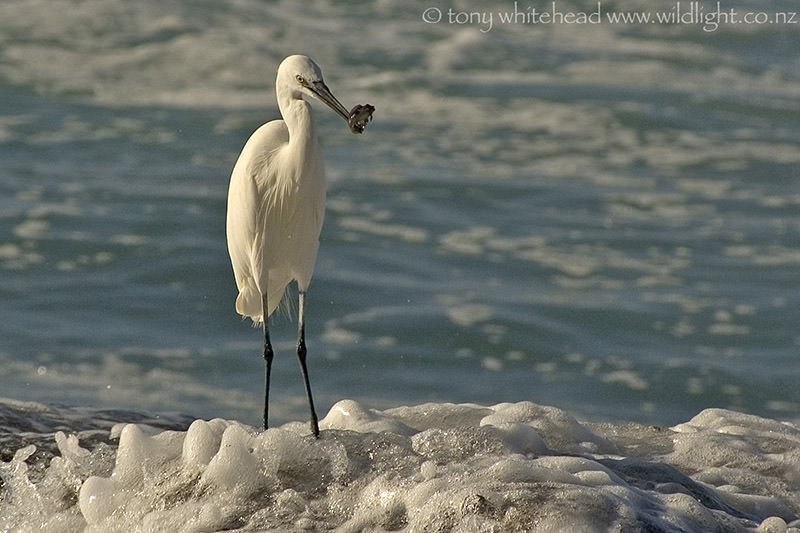
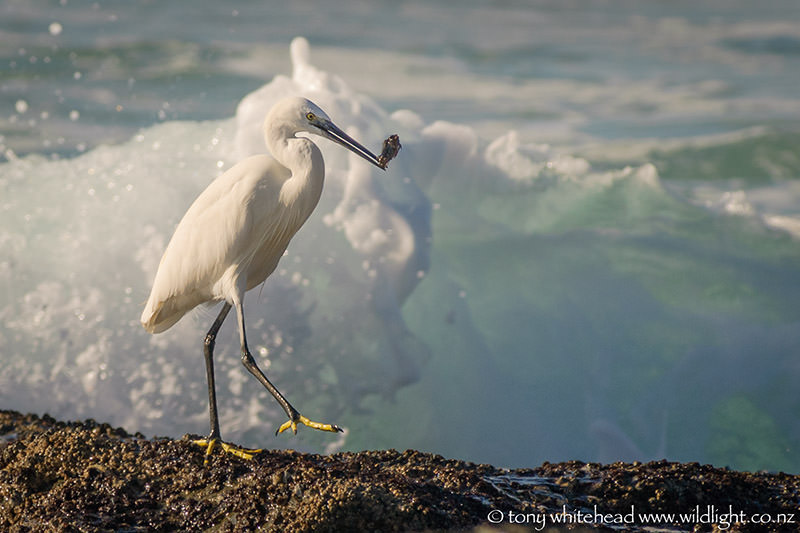
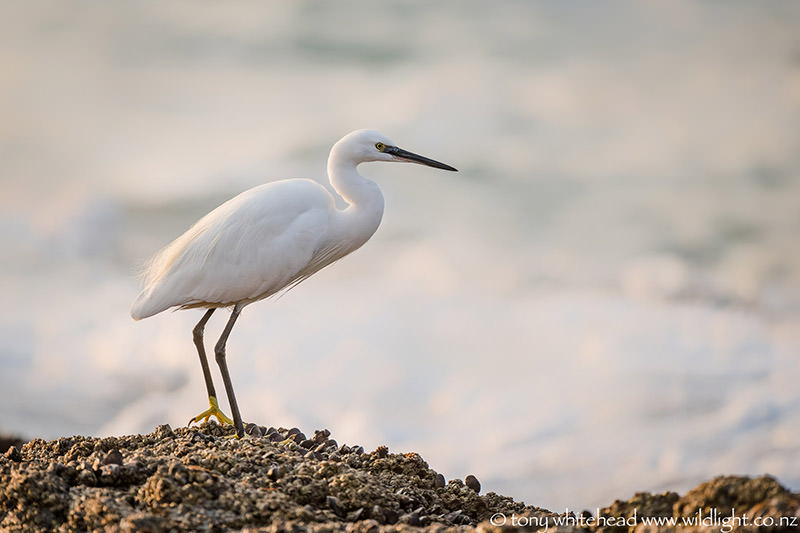
The Ballito Little Egrets are a great subject as they are constantly moving and gleaning prey items from the rock pools and amongst the barnacles and seaweed on the rocks. It is a challenge to keep moving and reframing to achieve decent backgrounds while capturing the action which is punctuated by having to evade the occasional wave. It is easy to lose yourself for an hour or so and cover a fair distance over rocks keeping up with a foraging bird. With luck you can end up with a few worthwhile images.
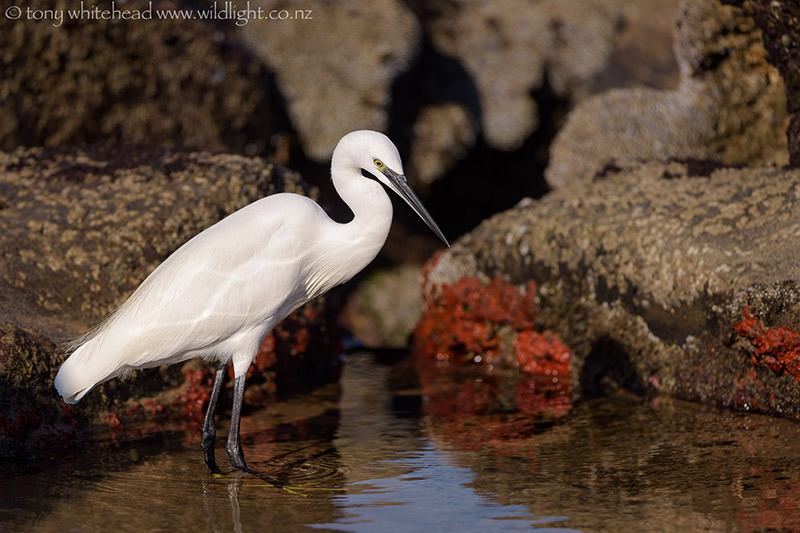
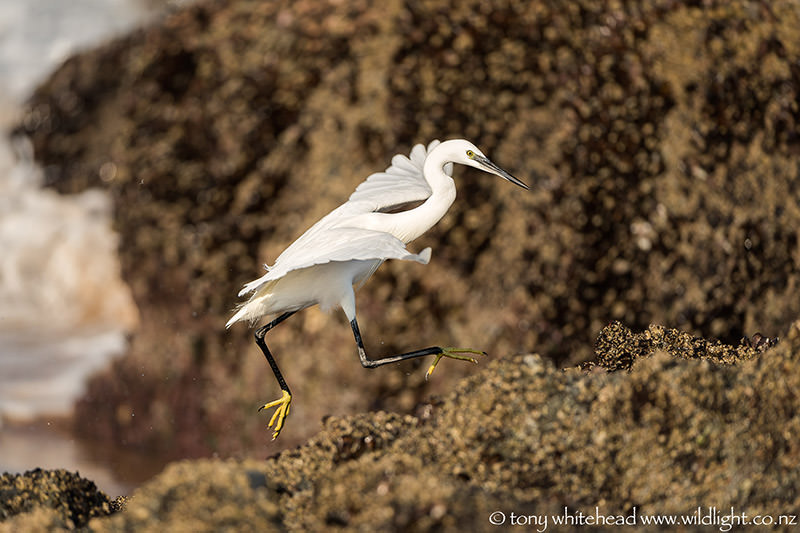
I even managed a photo a pair in flight to add to my Birds on White project.
